What can you plant next to cabbage?
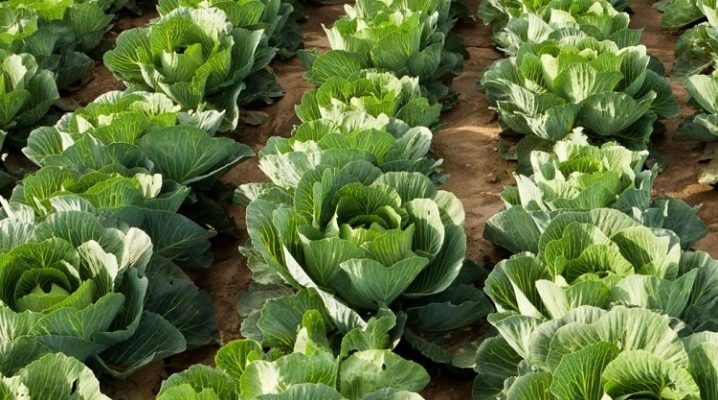
Not all gardeners manage to get a generous harvest of cabbage, since this crop has poor resistance to insect pests. Frustrated, many stop cultivating cabbage. But if you understand the topic, next to what to plant vegetables, you can easily protect them from parasites and enrich the composition of the soil.
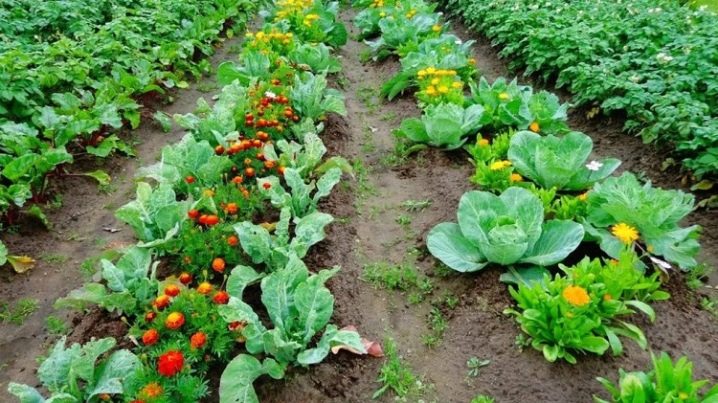
Useful crops
Cabbage will have to choose neighbors taking into account several features.
- For the growth of heads of cabbage, space is needed. It is necessary to plant other crops near them at a distance of at least 30 cm.
- Plants growing nearby should not shade the cabbage plantings.
- The site should contain crops that require an identical rate of moisture and fertilizing with the same useful components. This will simplify the grooming process and help you not to waste a lot of time.
- It is also important to adhere to the rules of crop rotation. Heads of cabbage will not grow well where they were planted last season. This is due to the intoxication of the soil, in which toxic substances have accumulated after previous crops.
It is best to plant cabbage after potatoes, cucumbers, greens, zucchini and various legumes. Cabbage does not need special conditions and careful care. The main enemies of the heads of cabbage are pests from the order of insects.
Not all summer residents have the opportunity to constantly deal with the processing of plantings, the removal of beetles and caterpillars. With the right choice of neighbors, you can easily win the fight against annoying pests.
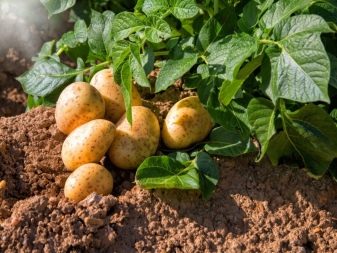
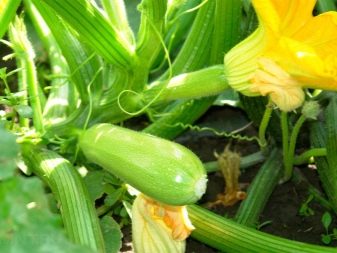
Potato
Its presence in the same bed with cabbage leads to a decrease in the risk of developing diseases and an increase in productivity. It is important that the roots of these vegetable crops do not interfere with each other. In this case, vegetables require similar care, which greatly facilitates cultivation.
Radish, beets, chard
With such a neighborhood, the risk of cabbage diseases decreases and its yield increases. The listed vegetables are favorable for the growth of heads of cabbage. Their roots do not mix, and the agricultural techniques used are largely similar.
Cucumbers
The cucumber provides the cabbage with adequate protection against creeping pests. It's all about the curly stems with spines and rough foliage on this crop. This natural feature serves as a barrier to slugs and snails. Pests are injured on contact with it, trying to get to the crunchy leaves.
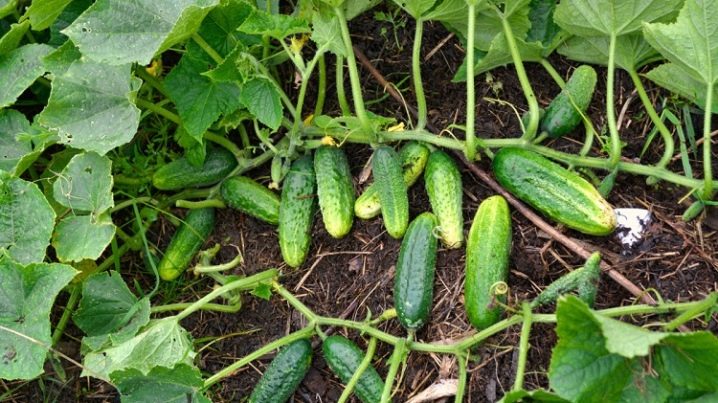
Lettuce, onions
These crops mature much earlier than heads of cabbage and retain moisture in the soil. The onion exudes a noticeable amber, which repels various pests with sensitive receptors.
Garlic
The plant has the same cultivation requirements as cabbage. Thanks to the rich aroma of garlic, you can protect cabbage from the attacks of aphids, cabbage flies and repel cruciferous midges.
You can plant garlic close to cabbage heads or select an individual site.
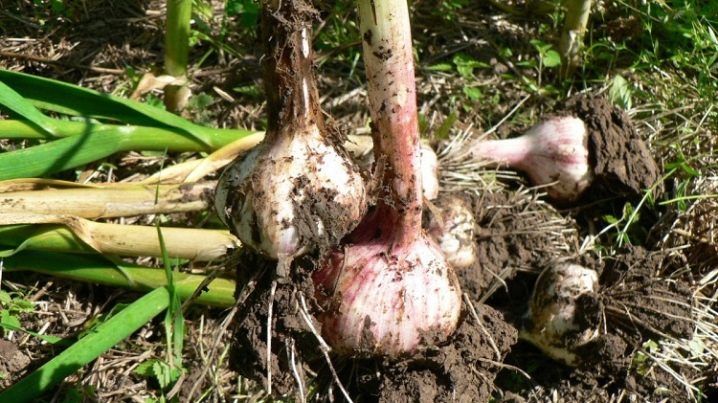
Spices
Fragrant greenery can drive away most of the harmful insects from the site. If you choose the right neighborhood for cabbage from among the representatives of this plant group, you will be able to avoid many problems during cultivation by increasing the yield.
- Dill. The spicy aroma of dill scares away the harmful larvae of the scoop from the cabbage. These are insidious enemies of cabbage, which are almost impossible to identify. During the day, they hide at the level of the roots. Outside, parasites creep out at night to crunch young leaves to their fullest. Entomophages flock to the smell of dill, which rapidly destroy all scoops.Also, dill, which grows near cabbage, gives it a pleasant taste.
- Tarragon. Planting tarragon near the beds with heads of cabbage lures predatory insects that feed on plump brown caterpillars. Also, this plant can effectively ward off miner moths from heads of cabbage.
- Basil. By planting a spice plant next to the cabbage, you can protect its crispy leaves from powdery mildew. For high-quality protection, basil is planted in different places on the cabbage bed. Also, this spice is endowed with the properties of disinfecting the substrate. This fact allows us to classify basil as a vegetable green manure.
- Sage. This plant prevents the parasitic cabbage moth from parasitizing the garden. It is advisable to plant odorous grass along the cabbage plantings.
- Mint. A plant with a pronounced flavor interrupts the aroma of cabbage. This neighborhood is good for her in that it masks the heads of cabbage from parasites.
- Thyme. This culture also has an unrivaled scent. He is able to resist the interest of cabbage from the spring cabbage fly, whiteflies and other harmful insects.
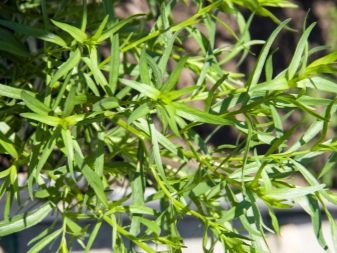
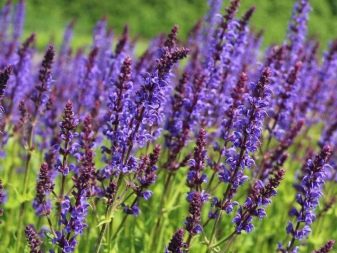
Flowers
The purpose of planting beautiful flowers in the beds can be not only to improve the site, but also to protect against pests. Delicate fragrant plants release phytoncides into the air. Such substances resist the development of fungal infections and viruses. When planning the cultivation of cabbage with marigolds, it is necessary to calculate the periods of their flowering in advance. At the time of planting vegetables, buds should already be formed on the flowers, exuding their own special smell. This will not only scare off pests, but also contribute to improving the structure of the substrate.
Will also scare off parasites and chicory. In addition, the neighborhood with him will have a favorable effect on the taste of the heads of cabbage.
- Calendula. This plant is a versatile repellent, so it is recommended to plant it near cabbage. Calendula attracts various beneficial insects, including hoverflies, which control the reproduction of aphids. In addition to all that has been said, calendula can act as an effective green manure. It is buried in the ground, mixed with compost and used to equip the so-called warm beds.
- Chamomile. These flowers are a natural natural insecticide. The substances in them are able to penetrate the skin of insects, causing paralysis. Chamomile is harmful to ants and also kills fleas and similar parasites.
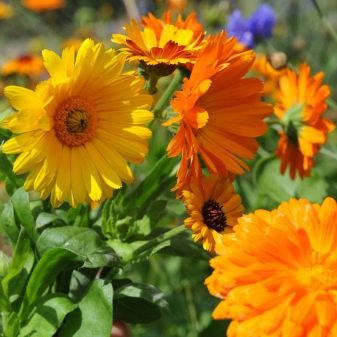
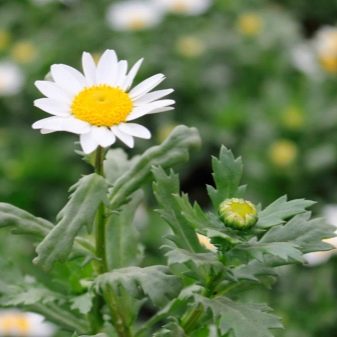
Legumes
Rhizomes of peas and beans saturate the substrate with nitrogen, eliminating the need to fertilize with nitrogen-containing complexes. At the same time, it is better to plant legumes along the edge of the planting area.
Siderata
The fertility of the substrate on the site is recommended to be maintained with the help of green manure. The following natural green manures are suitable for cabbage.
- Lupine. A technical crop with characteristic attractive stems that are juicy and rich in minerals.
- Clover. It supplies nitrogen to the soil and is able to increase the amount of organic elements in it. Also, this plant helps the substrate with water and wind erosion and degradation.
- Rye. Dense shoots of rye protect the garden from weeds. Weeds simply do not have room to grow on the site.
- Alfalfa. The plant can grow everywhere, except for acidic and loamy soils.
- Co-worker. Helps to enrich the substrate with organic matter. The only drawback is the high cost of seed.
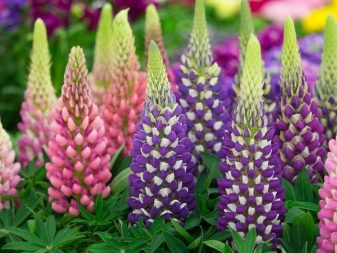
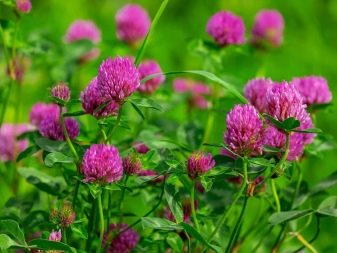
Neutral plants
Early ripening plants are compatible with cabbage in the garden. After harvesting them, the heads of cabbage are given enough room to develop. Cold-resistant crops can also be planted, leaving room for cabbage seedlings.
- Peking cabbage, white cabbage. Cabbage of different varieties is allowed to be planted in the garden next to each other. Some of them will ripen faster, while others a little later. This will allow you to get different types of cabbage in one season.
- Zucchini, squash. These vegetables can not only be planted next to cabbage, but also useful. Zucchini are able to grow rapidly, creating a living "fence" before cabbage planting. Through it, it is impossible for gluttonous slugs and snails to get close to her.
- Eggplant. Neighborhood can slow down the growth of eggplant. Besides heads of cabbage require a lot of moisture, and "blue" prefer a dry climate. In connection with this factor, one bed for these vegetable crops is an unsuccessful option.
- Parsnip. The main value of this plant in the issue under consideration is the ability to attract the attention of insects that feed on pests.
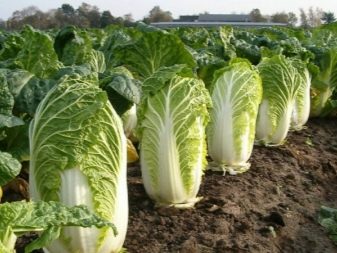
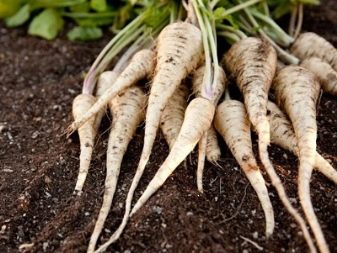
What shouldn't be planted?
There are very few plants that are bad neighbors of cabbage, but they can not only weaken, but completely destroy cabbage heads.
- Nasturtium. Although these are phytoncide flowers that moths and white beetles avoid, they also attract aphids, which are the most dangerous to cabbage. Small parasites can destroy plantings.
- Celery. The plant is attractive to cabbage. Therefore, this is an unfortunate neighborhood with cabbage of any kind.
- Fennel. Fennel and cabbage have no compatibility. The substances that it secretes have a depressing effect on the cabbage roots, which inhibits the development and growth of both plants. Ultimately, this affects the quantity and quality of the crop.
- Tomatoes. Tomato beds can seriously harm the heads of cabbage, since they accumulate rot. At the same time, tomatoes are especially attractive to slugs, and from them parasites crawl into cabbage seedlings in no time. However, on the one hand, the neighborhood is also beneficial, because tomato, like fragrant herbs, has a pronounced aroma that is unpleasant for most insects. But not all varieties of cabbage have a positive attitude towards their close proximity. Experienced summer residents advise planting tomatoes around the perimeter, interspersed with marigolds.
- Carrot. The root system of orange vegetables saturated with carotene is oppressed by cabbage roots, from which they begin to rot, accompanied by a lack of nutrition. On the other hand, vegetable crops are prone to similar diseases and pests. Carrots are best planted the next year after the heads of cabbage are planted. The soil will already be saturated with all the nutrients, which will reduce the amount of fertilizer required.
- Pepper. Pepper needs more nutrients. Its proximity will deprive cabbage of valuable micro- and macroelements necessary for a vegetable crop for full development.
- Cauliflower. This is the same variety that does not get along with white cabbage. The neighborhood leads to a decrease in yield in both species. For each of them, a separate bed should be allocated, preferably at a distance of at least 1 meter.
- Pumpkin. Pumpkin deprives the substrate of nutrients, drawing out valuable minerals that are important for the development of heads of cabbage. In addition, the pumpkin has a developed powerful rhizome. The best solution would be to plant melons and gourds away from the heads of cabbage.
- Grape. Grapes are considered unsuitable neighbors for cabbage because they block it from light. There is also competition for nutrients in plants. Not far from grapes, cabbage lacks nutrients, which leads to its oppression, the development of diseases and subsequent death.
- Tansy. From its smell, many parasites from among insects scatter and creep away. But in no case should you plant a fragrant plant directly on a garden bed with cabbage! Tansy inhibits the growth of heads of cabbage.
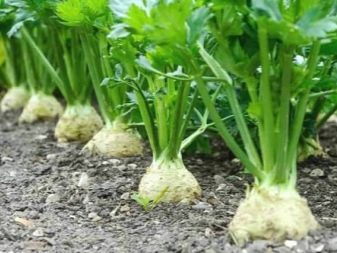
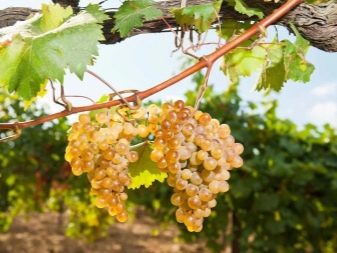
Also, you can not plant near cabbage and crops such as:
- mustard;
- radish;
- rape;
- rape.
They are poorly compatible and harm cabbage ovaries instead of benefits.
Thus, if you take into account the compatibility of cabbage with other crops, you can easily get the desired yield of juicy leaves for preparing salads and other dishes.
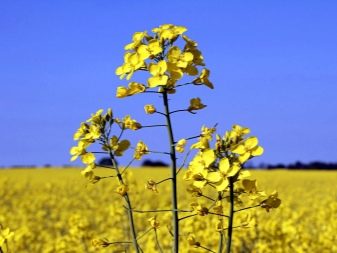
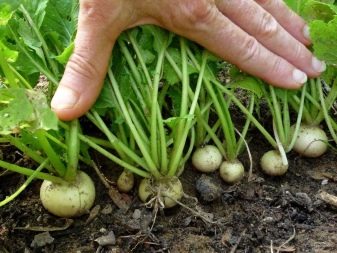










The comment was sent successfully.